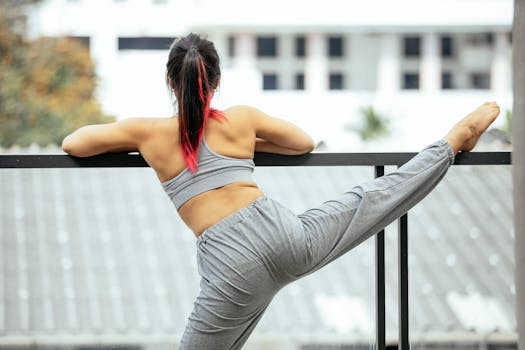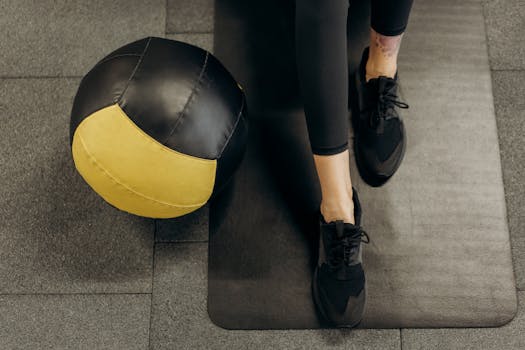
Enhancing Accessibility in Pilates: Essential Props and Modifications
Takeaways: This article explores the key props and modifications that can make Pilates more accessible for individuals of all abilities. By incorporating these tools and techniques, instructors and practitioners can ensure that Pilates is inclusive and beneficial for everyone, promoting health and well-being.
Pilates is a fantastic form of exercise that focuses on strengthening the body, improving flexibility, and enhancing overall physical health. However, it can sometimes be seen as exclusive, particularly for those with mobility challenges or other physical limitations. Fortunately, there are numerous props and modifications that can make Pilates accessible to all. In this article, we will delve into the essential props and modifications that can enhance the Pilates experience for everyone.
The Importance of Accessibility in Pilates

By incorporating accessibility into Pilates, instructors and practitioners can create an environment where everyone feels welcome and capable of engaging in the practice. This not only enhances the experience for individuals with disabilities but also fosters a sense of community and inclusivity.
Essential Props for Accessible Pilates Workouts

- Resistance Bands: These versatile bands can be used to assist with movements, providing extra support and resistance as needed. They are particularly helpful for individuals with limited strength.
- Blocks: Pilates blocks can be used to elevate the ground, making it easier for individuals to reach the floor or maintain proper alignment during poses. They can also be helpful for providing stability.
- Straps: A strap can assist with stretches and movements, allowing individuals to achieve proper form without straining. This is especially useful for those with limited range of motion.
- Wedge Cushions: These cushions can provide support for seated or lying positions, making it easier for individuals to maintain comfort during workouts.
- Stability Balls: These can be used for various exercises to improve balance and core strength while providing a softer surface for those who may struggle with traditional mats.
Modifications for Inclusivity

- Seated Variations: For individuals who cannot lie down comfortably, many exercises can be adapted to be performed while seated in a chair.
- Gentle Movements: Instructors can modify exercises to be gentler, focusing on slow and controlled movements that accommodate those with limited mobility.
- Wall Support: Using a wall for support during standing exercises can help individuals maintain balance and stability.
- Lowered Intensity: Instructors can provide options for lower impact variations of traditional exercises to prevent strain and accommodate various fitness levels.
- Focus on Breathing: Emphasizing breathwork and core engagement without requiring extensive movement can be beneficial for individuals with severe limitations.
Conclusion
Making Pilates accessible through the use of props and modifications is essential for fostering an inclusive fitness environment. By incorporating these tools and techniques, instructors can ensure that individuals of all abilities can participate in and enjoy the numerous benefits of Pilates. Whether you are a seasoned instructor or a beginner looking to adapt your practice, embracing accessibility in Pilates can transform lives and promote health and wellness for everyone. Let’s work towards a more inclusive fitness community, where everyone feels empowered to move and thrive.






